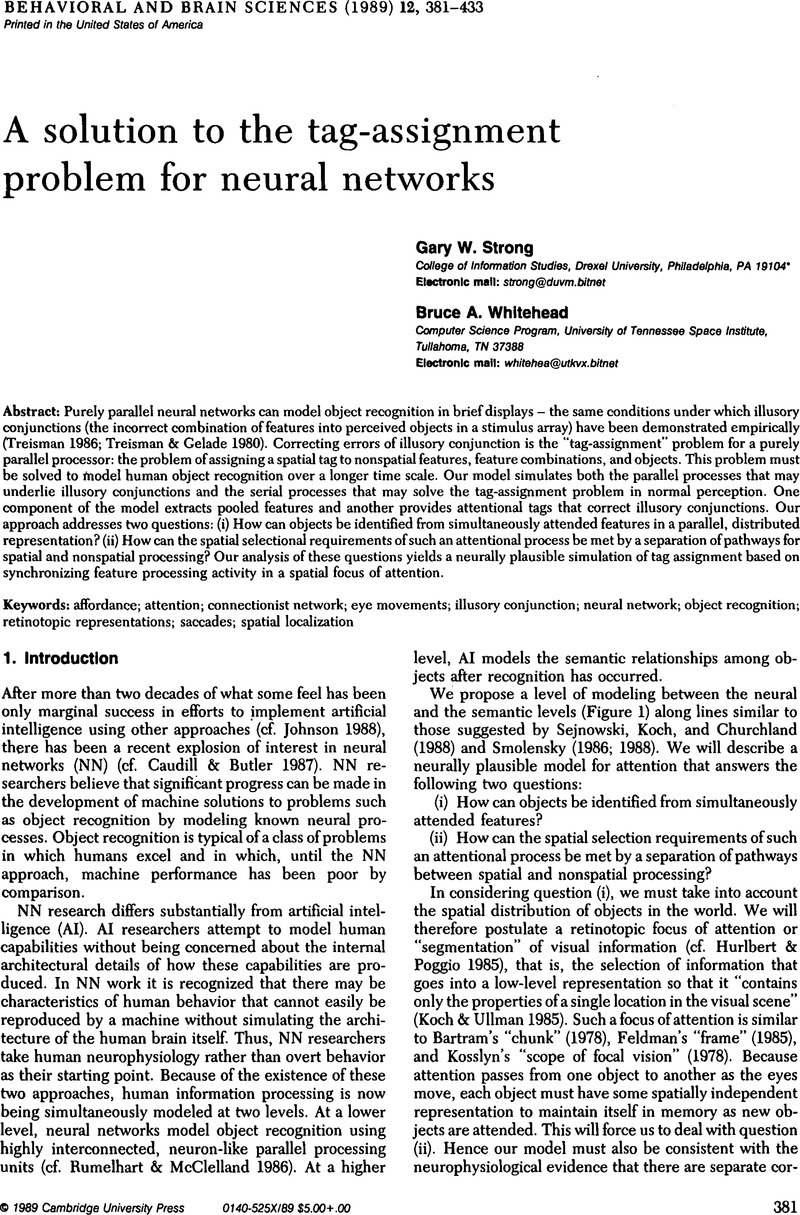Crossref Citations
This article has been cited by the following publications. This list is generated based on data provided by Crossref.
Jiang, Yanxin
Xia, Xinyue
and
Liu, Xiaodong
2025.
Does the economy influence dynamic green exposure? A comparative study of spatial heterogeneity in visible greenery during running between high-and low-income groups.
Journal of Environmental Management,
Vol. 393,
Issue. ,
p.
126952.


